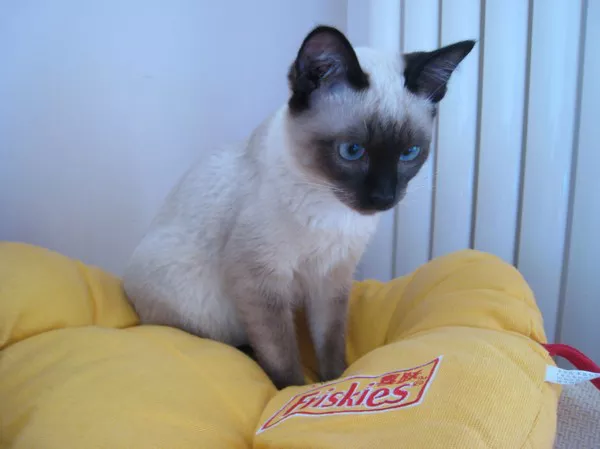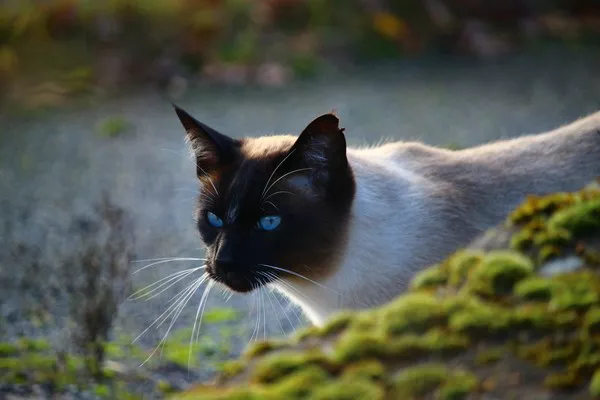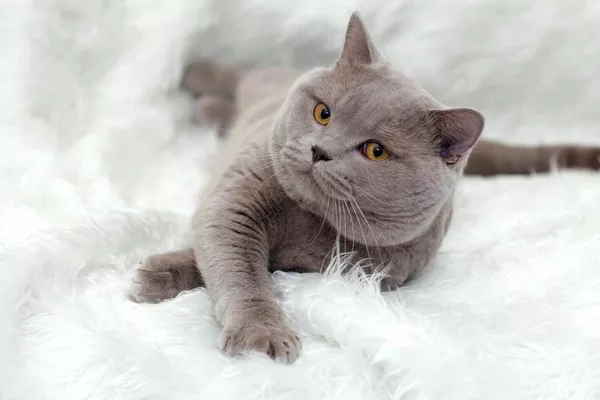Cats, among the earliest domesticated animals, have a rich history of companionship with humans. Valued for their grace, hunting prowess, and sometimes aloof demeanor, cats have played an essential role in our lives. While most cat owners can understand their pets’ meows, what about the intricate language cats share with each other? Let’s delve into the world of cats’ talk and explore how cats talk to each other.
1. Tail Movements
Cats possess long, distinctive tails that serve multiple functions, including balance during jumps and a key role in communication. When two cats meet, and their tails are held high, possibly with a slight hook at the tip, they are expressing comfort and a desire for social interaction. Conversely, a cat may tuck its tail and lower itself if it feels threatened by another cat. Rapid side-to-side tail swishing signals annoyance or agitation. Although this can be part of normal play, it often precedes increased aggression.
2. Slapping or Swatting
Cats might employ their paws to deliver slaps or swats, indicating dominance or territorial aggression. If a cat slaps without extending its claws, it may be part of playful interaction. However, repeated forceful slaps with extended claws signify escalated aggression, especially when accompanied by other aggressive behaviors.
3. Hissing and Growling
Cats use vocalizations to communicate with each other, reserving meowing primarily for interactions with humans. A low, guttural growling sound indicates that a cat feels threatened. If a cat hisses, often with bared teeth and backward-pulled ears, it’s a warning to other cats that an attack is imminent.
4. Grooming
Cats are meticulous groomers, dedicating several hours a day to self-care. When cats groom each other, it’s a display of affection. Mother cats groom their kittens from birth, and kittens begin self-grooming around six weeks of age. Even unrelated cats may groom each other to establish a shared scent and strengthen their bond.
5. Head-Butting and Rubbing
Cat owners are familiar with cats rubbing against their legs or furniture. This behavior allows cats to mark their territory using scent glands located around their faces. Head-butting and rubbing can be a friendly greeting or an assertion of territorial boundaries.
6. Kneading
Known as “making biscuits,” cats knead by rhythmically pressing their front paws into a soft surface. This behavior is seen in kittens nursing to stimulate their mother’s milk production. As adults, cats may knead each other to convey comfort and happiness. However, unspayed female cats may knead to signal their readiness to mate.
7. Body Language
Though they lack speech, cats communicate effectively through their ears, eyes, and posture. Upright ears indicate curiosity and alertness, while ears slightly relaxed to the sides suggest contentment. Ears swiveled low or flat against the head signal aggression.
Half-closed eyes may convey a range of emotions, from love and contentment to fear and anxiety. Wide-open eyes during a stare-off may indicate heightened aggression. To appear larger when feeling threatened, cats may arch their backs and puff up their fur, but some opt for making themselves as small and low as possible.
8. Playing vs. Fighting
Cats are playful animals, but it can be challenging to distinguish playful behavior from actual fighting. Observing their postures and movements is crucial. If play shifts to aggression, watch for stiff muscles, and be ready to intervene. While playful chirping and trilling are normal sounds, loud yelps, yowls, or hisses signal trouble.
When introducing cats or managing multiple cats, monitor their interactions closely. Changes in posture, ear positioning, and tail movements can indicate shifts in the dynamics. If playfulness turns aggressive, provide separate resources for each cat, like food bowls and litter boxes, to prevent conflicts and ensure a peaceful coexistence.


























